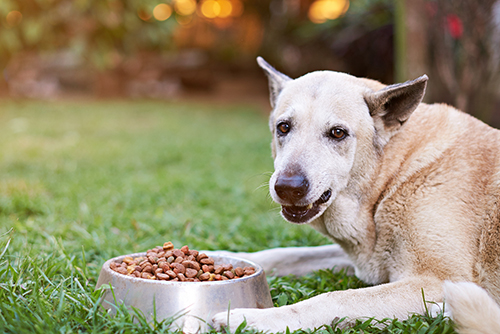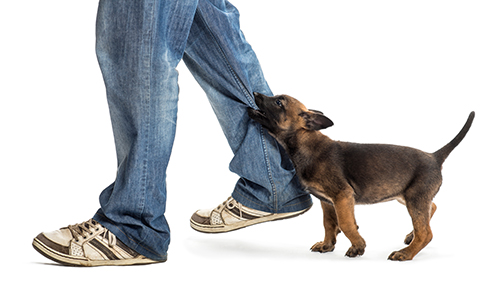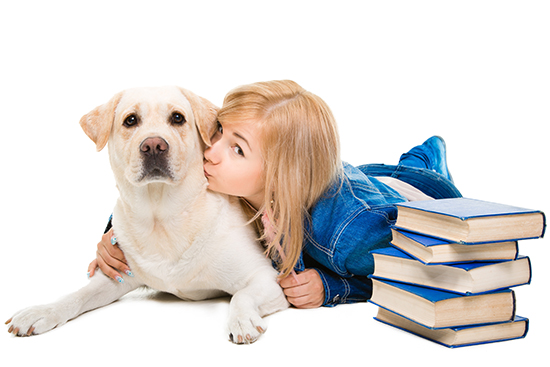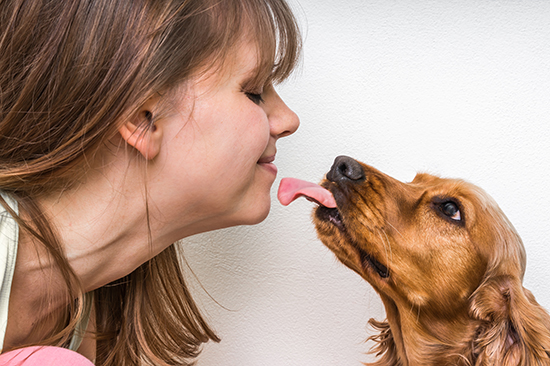Cat’s Can Get Anxious When Going to the Vet
 Unlike dogs, cats are not as trusting and as affectionate. In truth, you cannot make a cat to do anything they do not want to do. And when it comes to going to the vet, it can be quite a challenge for pet owners. However, there are numerous ways to reduce your cat’s anxiety when visiting the vet.
Unlike dogs, cats are not as trusting and as affectionate. In truth, you cannot make a cat to do anything they do not want to do. And when it comes to going to the vet, it can be quite a challenge for pet owners. However, there are numerous ways to reduce your cat’s anxiety when visiting the vet.
Signs of Anxiety
According to Healthy Pets by Mercola, you need to think like your kitty. For instance, your kitty is naturally playful and a hunter. To reduce stress during appointments, have a playful toy available or a favorite food. Likewise, you can tell when your cat is full of anxiety when they try to hide. Allow your cat to hide during vet appointments by letting him burrow under a towel or stay in his carrier may help to lessen stress levels.
It is also recommended that you touch your pet on the head or neck and no other parts of the body. The light petting will help calm your kitty. As well, gentle touches and pets behind the ears will reduce fear anxiousness.
Early warning signs of a cat with anxiety include:
• Narrowing the eyes
• Enhanced sweating from the paws
• Distraught meowing, spitting, growling or hissing
• Arched back, flattened and lowered ears, jerking tail and paws close to the body
At this point, your cat may run and hide, may fight or can become docile and immovable. However, if your cat is ‘frozen’, it generally means they are very scared and anxious. In general, you can help a cat with anxiety using methods and techniques that can ease or eliminate the stress.
Before the Appointment
For the most part, stress starts at home. Generally, your cat will hide or hiss at the carrier when you bring it out. This is because your cat knows that it will be making an unpleasant trip, such as the veterinarian or a boarding facility. On the other hand, the carrier can be a pleasant experience for your cat. You can make it an enjoyable and safe place by adding new or favorite toys, special treats. You can also mist the carrier with pheromon.
Rest assured that Dr. Whitworth and his staff will make every effort to make your cat feel safe and secure. After all, they have had over 30 years of experience treating cats and dogs.
The Car
Generally, the only time a cat rides in the car is when you take them to an unlikable place like the vets or the groomers. So when your cat sees the car, it automatically associates all past experiences that were negative. Instead, try taking your cat for short rides that are a positive experience. As well, each time you go for a ride, increase the amount of distance. Over time, your cat will connect traveling with things that are enjoyable. As well, your cat will be less afraid of the car.






